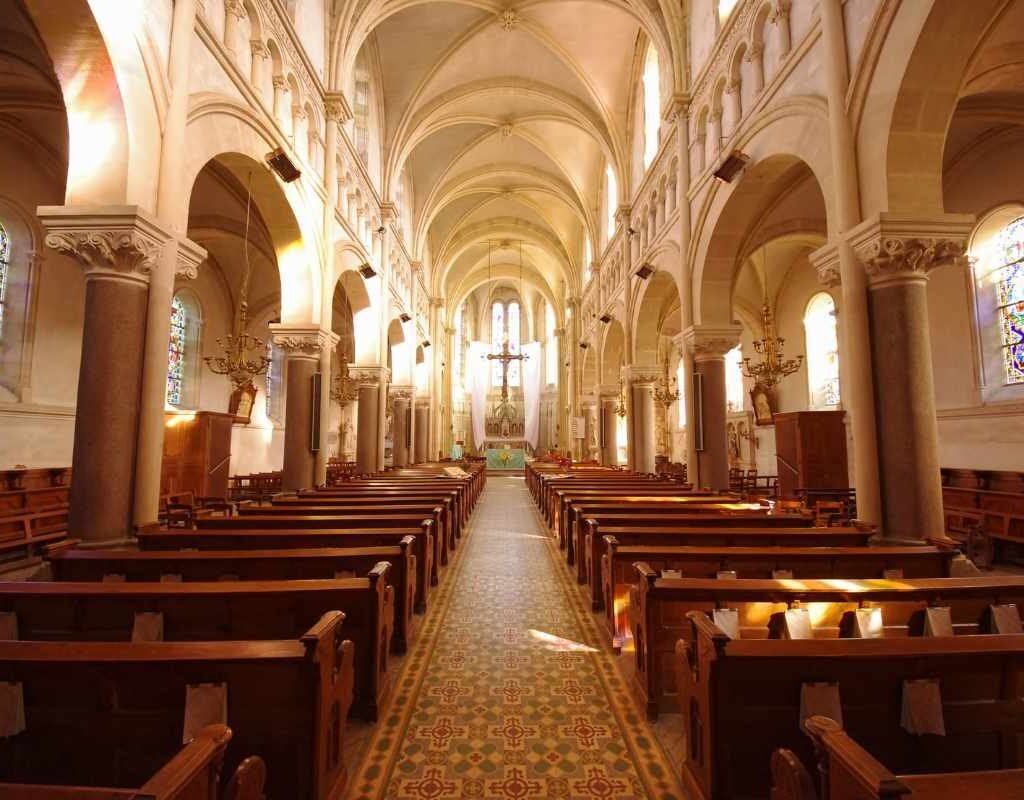While most nations celebrated their centennial birthdays in recent decades, twelve extraordinary countries have been hosting civilization for thousands of years. These aren’t just old places with ancient ruins tucked away in museums. In these nations, history is still a part of daily life. People speak thousands of years old languages, and ancient traditions continue to influence the modern World. While your country might trace its independence to a few centuries ago, these places were already ancient when Rome was just getting started.
The idea of the oldest countries in the World is never simple, though. Some nations trace their roots to powerful dynasties that ruled vast territories. Others survived through cultural continuity that outlasted conquering armies and shifting borders. What connects all these ancient places is something remarkable: a sense that history never really ended in these lands. It still speaks through the food people eat, the festivals they celebrate, the stories grandparents tell, and how communities come together.
In this article, we’ll explore twelve of the oldest countries in the World, organized into four fascinating categories where traditions have remained unbroken for millennia.
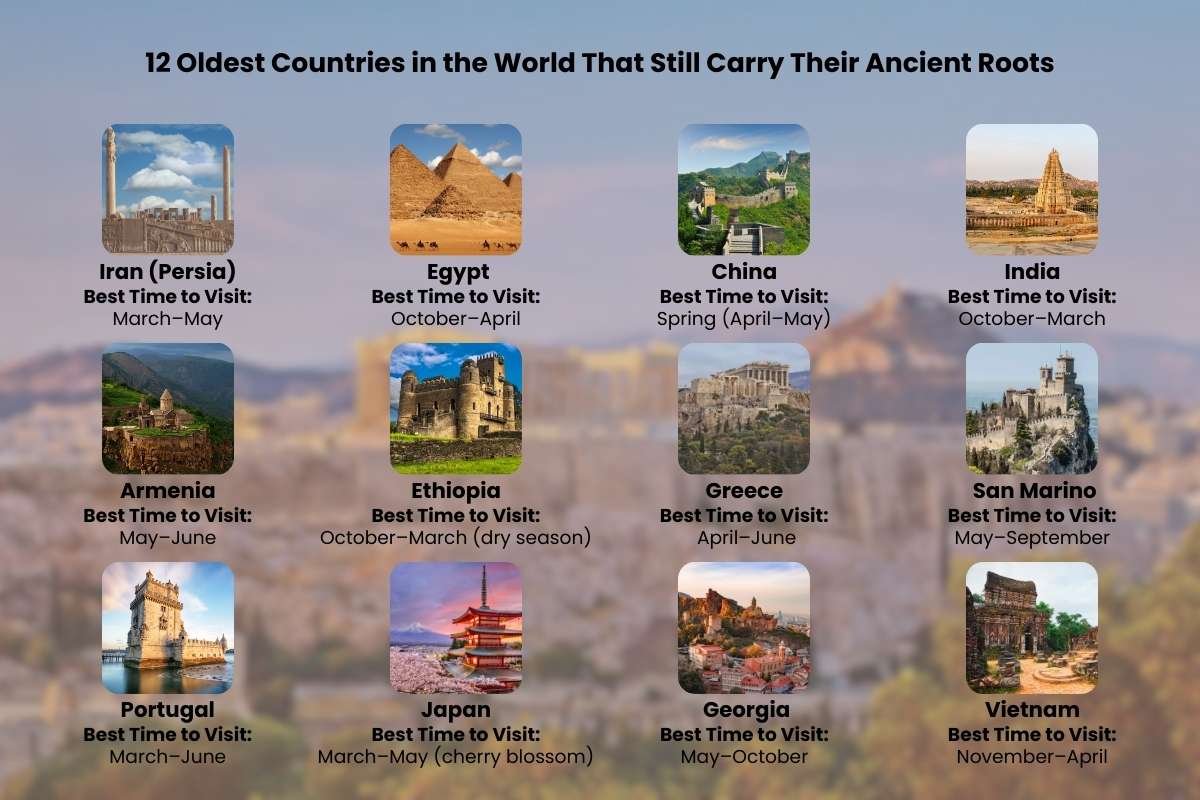
Category 1: Cradles of Civilization
1. Iran (Persia) 3200 BCE
Iran, known in history as Persia, carries roots as far back as 3200 BCE, marking it as one of the Oldest Countries in the World. Its capital, Tehran, represents the face of modern life, while Persepolis still recalls the grandeur of kings who once commanded empires stretching across continents. In 2025, around 89 million people live in Iran, where markets, poetry, and age-old traditions keep the connection to the past alive. For visitors, the sight of Shiraz gardens, Yazd’s winding alleys, and the ruins of Persepolis makes it clear that history still lingers in the rhythm of everyday life.
- Top Historical Attractions: Persepolis, Naqsh-e Rustam, Golestan Palace, Yazd Old City
- Best Places to Stay: Traditional courtyard hotels in Yazd, boutique guesthouses in Shiraz, luxury stays in Tehran
- Best Places to Eat: Kebab houses, dizi stew restaurants, Persian tea houses
- Language: Persian (Farsi), rooted in Indo-Iranian traditions
- Best Time to Visit: March–May and September–November
- Ancient Meets Modern: Iran’s poetry and art still inform its modern identity, giving travelers a glimpse into how ancient Persia breathes in today’s life.
2. Egypt (3100 BCE)
Egypt dates back to around 3100 BCE, when Narmer united Upper and Lower Egypt into the first dynasty. It has since held its place among the Oldest Countries in the World, with Cairo standing near the ancient cities of Memphis and Thebes. Today, Egypt is home to nearly 114 million people, living alongside monuments that have endured for thousands of years. The pyramids of Giza, the Valley of the Kings, and temples along the Nile remain unmatched symbols of its ancient power. Modern Cairo adds another layer, where street vendors serve kushari and falafel as daily life hums around reminders of a past that never fades.
- Top Historical Attractions: Pyramids of Giza, Valley of the Kings, Karnak Temple, Egyptian Museum
- Best Places to Stay: Nile-view resorts in Luxor, boutique hotels in Cairo, desert lodges near Aswan
- Best Places to Eat: Kushari cafés, falafel stalls, traditional fish restaurants along the Nile
- Language: Arabic, with ancient Coptic still preserved in churches
- Best Time to Visit: October–April
- Ancient Meets Modern: Egypt bridges myth and reality, offering travelers timeless awe with every step.
3. China (2070 BCE)

China began its long story around 2070 BCE with the Xia dynasty, giving it one of history’s longest continuous cultural identities. Beijing, its capital, is both a political hub and a city filled with reminders of emperors and dynasties, from the Forbidden City to the Ming tombs. In 2025, the country’s population stands at over 1.4 billion, and traditions like tea rituals, festivals, and Confucian practices remain part of daily life. As one of the Oldest Countries in the World, China shows how a nation can carry its origins forward without losing touch with its roots, balancing timeless customs with the reality of modern growth.
- Top Historical Attractions: Great Wall of China, Terracotta Army, Forbidden City, Summer Palace
- Best Places to Stay: Courtyard inns in Beijing, heritage stays in Xi’an, luxury hotels in Shanghai
- Best Places to Eat: Dumpling houses, noodle shops, tea houses with regional specialties
- Language: Mandarin Chinese, with roots connecting thousands of years of writing and culture
- Best Time to Visit: Spring (April–May) and Autumn (September–October)
- Ancient Meets Modern: From Lunar New Year celebrations to Confucian teachings, China proves that heritage still influences life.
Category 2: Spiritual Pioneers
4. India (2000 BCE)
As one of the Oldest Countries in the World, India’s traditions, from Vedic hymns to temples and rituals, remain deeply rooted in daily life. India’s history reaches back to around 2000 BCE with the Indus Valley Civilization, one of the World’s earliest urban centers. Its capital, New Delhi, may be young in comparison, but Varanasi, Madurai, and other ancient cities continue to represent India’s long cultural memory. In 2025, the population is estimated at 1.44 billion, making it the largest democracy on earth.
- Top Historical Attractions: Varanasi ghats, Ajanta and Ellora caves, Konark Sun Temple, Hampi ruins
- Best Places to Stay: Heritage havelis in Rajasthan, beach resorts in Goa, boutique hotels in Kerala
- Best Places to Eat: Street food in Delhi, thali restaurants in Gujarat, traditional dosa houses in Tamil Nadu
- Language: Hindi and English (with hundreds of regional languages and scripts dating back millennia)
- Best Time to Visit: October–March
- Ancient Meets Modern: India’s IT hubs and modern cities coexist with centuries-old rituals, proving that the past is never out of step with the present.
5. Armenia (2492 BCE)
Armenia, founded around 2492 BCE, stands among the World’s oldest nations with its capital, Yerevan, at the heart of this heritage. With a 2025 population close to 3 million, Armenia is also remembered for adopting Christianity as a state religion as early as the 4th century. Its mountains and monasteries serve as its strength.
- Top Historical Attractions: Geghard Monastery, Garni Temple, Tatev Monastery, Mount Ararat views
- Best Places to Stay: Family-run guesthouses in Yerevan, boutique hotels in Dilijan, and countryside inns
- Best Places to Eat: Dolma and lavash bakeries, local taverns with Armenian brandy, cafés serving khorovats (barbecue)
- Language: Armenian, with its unique alphabet dating back to the 5th century
- Best Time to Visit: May–June and September–October
- Ancient Meets Modern: Armenia blends medieval churches with a lively café culture, allowing visitors to experience centuries of history alongside youthful energy.
6. Ethiopia (980 BCE)
Ethiopia traces its foundation to around 980 BCE with the Kingdom of D’mt, later evolving into the Aksumite Empire. Addis Ababa, its capital, is a modern city, but Lalibela’s rock-hewn churches and Axum’s stelae remind travelers of its ancient beginnings. With over 126 million people in 2025, Ethiopia is both the cradle of humankind and one of the Oldest Countries in the World.
- Top Historical Attractions: Lalibela churches, Axum obelisks, Simien Mountains, Gondar castles
- Best Places to Stay: Eco-lodges near the highlands, boutique hotels in Addis Ababa, heritage stays in Lalibela
- Best Places to Eat: Injera with wat stews, coffee ceremonies, tibs restaurants
- Language: Amharic (with dozens of other languages, reflecting profound cultural continuity)
- Best Time to Visit: October–March (dry season)
- Ancient Meets Modern: Ethiopia’s modern cities live beside age-old traditions, from religious festivals to coffee rituals that originated here thousands of years ago.
Category 3: Democratic Foundations
7. Greece (800 BCE)
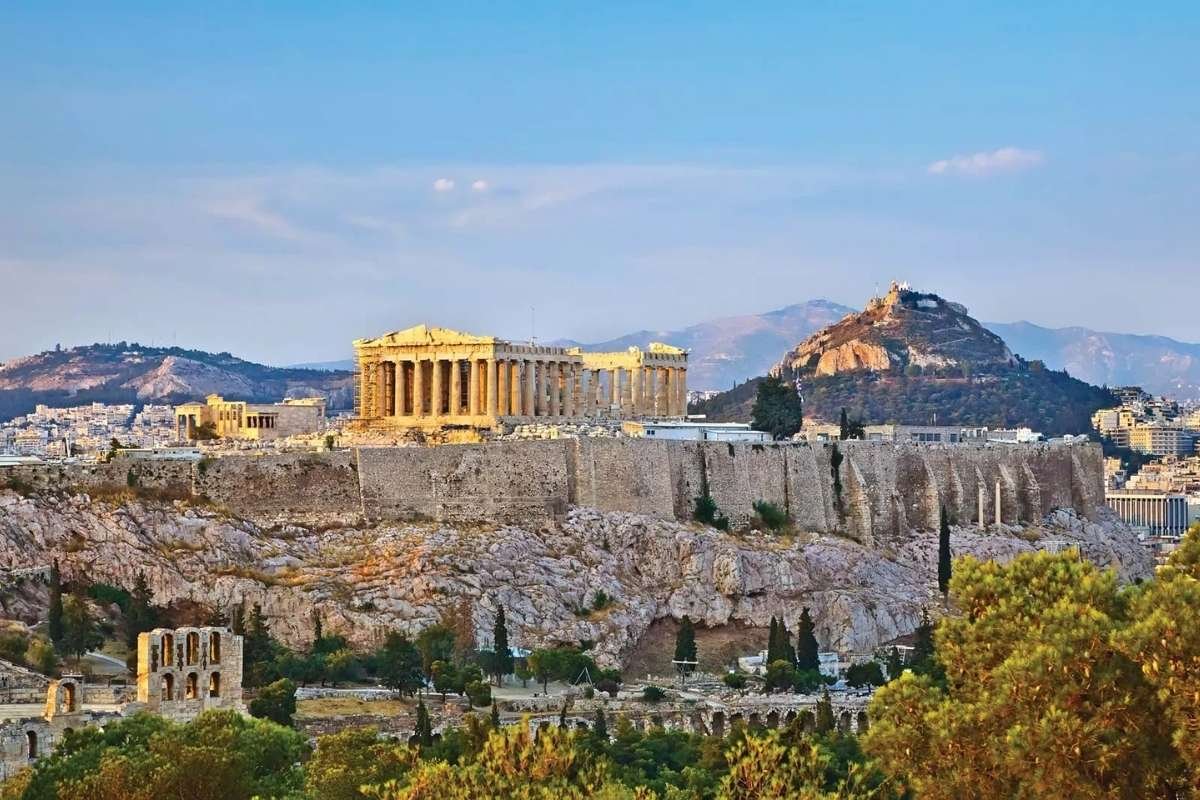
Greece, rooted around 800 BCE, is often remembered as the birthplace of democracy, philosophy, and theater. Its capital, Athens, has been central since antiquity, still crowned by the Acropolis. With a 2025 population of nearly 10.3 million, Greece is both a modern European nation and a proud representative of the Oldest Countries in the World, where ideas that changed humanity emerged.
- Top Historical Attractions: Acropolis of Athens, Delphi ruins, Olympia, Meteora monasteries
- Best Places to Stay: Seaside villas in Crete, boutique hotels in Athens, island guesthouses in Santorini
- Best Places to Eat: Tavernas with souvlaki and moussaka, seaside seafood cafés, and meze restaurants
- Language: Greek, one of the oldest recorded languages still in use
- Best Time to Visit: April–June and September–October
- Ancient Meets Modern: Modern Greece balances vibrant nightlife with ruins that stand as open-air classrooms of history.
8. San Marino (301 CE)
Founded in 301 CE, San Marino is the World’s oldest republic and still exists today. With just over 35,000 residents in 2025, its capital, San Marino City, feels like a medieval time capsule perched on Monte Titano. Though small, this microstate secures its position among the Oldest Countries in the World through its continuous governance and proud independence.
- Top Historical Attractions: Guaita Tower, Basilica di San Marino, Palazzo Pubblico
- Best Places to Stay: Hilltop inns, boutique hotels with castle views, countryside villas
- Best Places to Eat: Rustic trattorias, family-run Italian restaurants, cafés serving piadina flatbread
- Language: Italian
- Best Time to Visit: May–September
- Ancient Meets Modern: San Marino’s medieval walls surround a modern state that has managed to protect its sovereignty for more than 1,700 years.
9. Portugal (1143 CE)
With a population of about 10.4 million in 2025, Portugal stands proudly among the Oldest Countries worldwide for maintaining its borders longer than most. Portugal’s foundation dates to 1143 CE with the Treaty of Zamora, marking it as one of Europe’s earliest defined nations. Lisbon, the capital, still carries remnants of Moorish castles, medieval cathedrals, and maritime power that launched the Age of Exploration.
- Top Historical Attractions: Jerónimos Monastery, Belem Tower, Porto’s Ribeira, Sintra palaces
- Best Places to Stay: Wine lodges in Porto, boutique hotels in Lisbon, coastal resorts in Algarve
- Best Places to Eat: Pastel de nata bakeries, seafood taverns, fado houses with traditional cuisine
- Language: Portuguese
- Best Time to Visit: March–June and September–November
- Ancient Meets Modern: Portugal’s maritime history lives on in festivals and cuisine, while its cities pulse with contemporary art and culture.
Category 4: Island of Continuity
10. Japan (660 BCE)
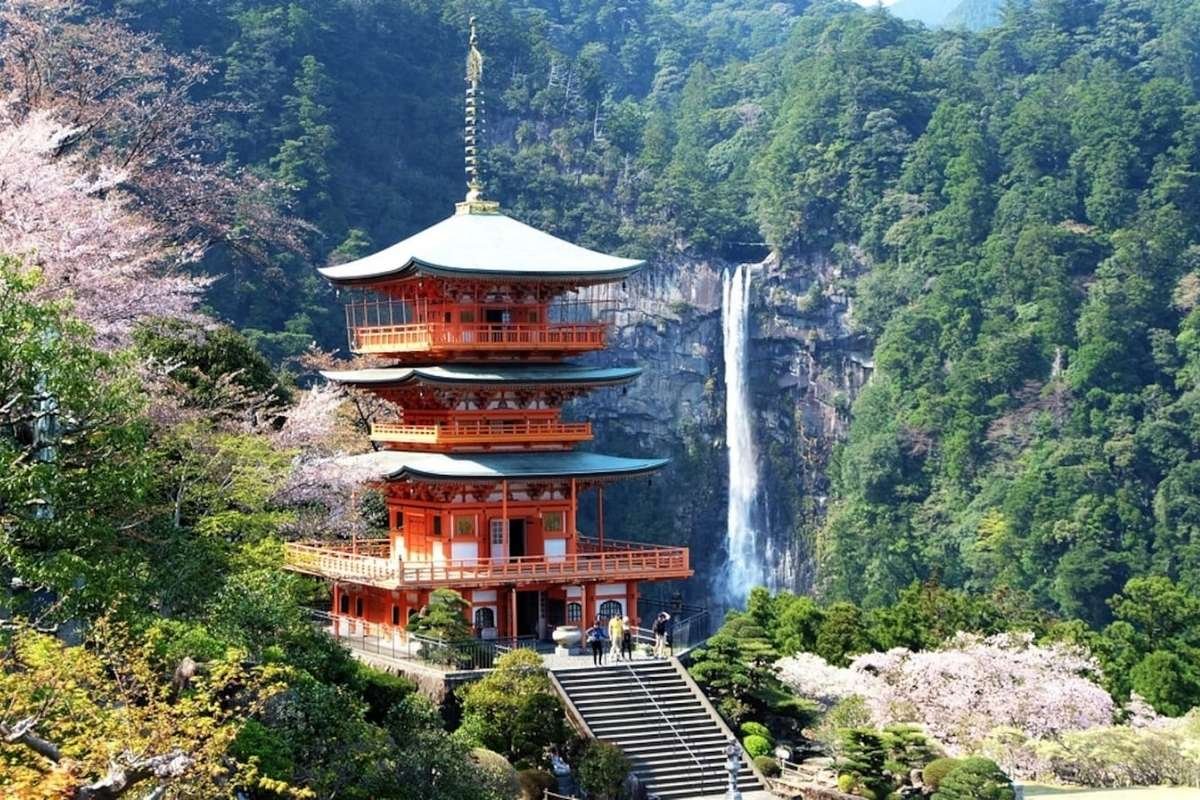
Japan traces its origins to 660 BCE, when Emperor Jimmu is said to have established the imperial line that continues today. Its capital, Tokyo, is a modern megacity, yet shrines, temples, and traditional gardens still tie back to its beginnings. With a 2025 population of around 123 million, Japan secures its reputation as one of the Oldest Countries with a unique blend of ancient and present-day identity.
- Top Historical Attractions: Kyoto temples, Nara’s Todai-ji, Himeji Castle, Hiroshima Peace Memorial
- Best Places to Stay: Traditional ryokans, capsule hotels in Tokyo, countryside onsens
- Best Places to Eat: Sushi bars, ramen shops, kaiseki dining in Kyoto
- Language: Japanese
- Best Time to Visit: March–May (cherry blossom) and October–November (autumn colors)
- Ancient Meets Modern: Japan’s Shinto shrines and seasonal rituals remain central, even as its cities set global standards in technology.
11. Georgia (1300 BCE)
Known for early Christian traditions and ancient kingdoms, Georgia is one of the oldest countries in the World, and it continues to keep its faith and language as central to its identity. Georgia dates back to around 1300 BCE, with Tbilisi today serving as a vibrant capital that mixes medieval churches with modern cafés. Its population stands at about 3.7 million in 2025.
Top Historical Attractions: Svetitskhoveli Cathedral, Narikala Fortress, Vardzia cave city
- Best Places to Stay: Wine guesthouses in Kakheti, boutique hotels in Tbilisi, mountain lodges in Kazbegi
- Best Places to Eat: Supra feasts with khachapuri and khinkali, family-owned wine cellars, rustic taverns
- Language: Georgian, with its own unique alphabet
- Best Time to Visit: May–October
- Ancient Meets Modern: Georgia’s wine-making traditions, among the oldest in the World, remain alive in everyday celebrations.
12. Vietnam (2879 BCE)
With about 100 million people in 2025, Vietnam is counted among the Oldest Countries in the World, where myths, temples, and traditions still define its cultural spirit. Vietnam claims roots from 2879 BCE under the Hồng Bàng dynasty, giving it one of the earliest foundations in Southeast Asia. Hanoi, the capital, reflects its dynastic past and modern pace.
- Top Historical Attractions: Imperial Citadel of Thang Long, My Son Sanctuary, Hue’s royal tombs, Ha Long Bay
- Best Places to Stay: Riverside homestays, boutique hotels in Hanoi, luxury resorts in Da Nang
- Best Places to Eat: Pho stalls, banh mi bakeries, traditional street markets
- Language: Vietnamese
- Best Time to Visit: November–April
- Ancient Meets Modern: Vietnam’s festivals, folk songs, and temple culture live alongside buzzing motorbike-filled streets, showing how ancient roots remain firmly present.
Unique Content Differentiators
Living History
What makes the Oldest Countries in the World special is how their past is still alive. In India, people still start their mornings with yoga, just as they did centuries ago. In Japan, tea is a ceremony with the same slow movements passed down through generations. Ethiopia’s coffee ritual is still daily, connecting families like it did a thousand years ago. These aren’t just relics. They are living habits that travelers can share in.
Time Traveler’s Tip
If you want an ancient site to speak to you, timing matters. Go before the crowds arrive. Walk into the Valley of the Kings at sunrise, or stand on the Great Wall of China just before dusk. In those quiet hours, it’s easier to imagine what life might have felt like back then.
Then vs. Now
Armenia adopted Christianity in the 4th century; today, its churches still ring with hymns in the same ancient language. Greece once hosted debates in the Athenian Agora; now, democratic discussions happen in parliament buildings just down the hill. This continuity gives the Oldest Countries in the World their enduring character; traditions have adapted, but never vanished.
Hidden Gems
Not every treasure is in plain sight. Georgia’s cave city of Vardzia, cut deep into a cliffside, tells stories as powerful as any European castle. In Vietnam, the Cham ruins of My Son are resting peacefully in the jungle, far from the tourist crowds of Hue. These places are less polished, but they feel personal.
Conclusion: Why Ancient Countries Matter Today
The Oldest Countries in the World aren’t only about monuments and dates. They hold on to something more profound: the spirit of continuity. Languages, recipes, songs, and ideas that began long ago are still part of daily life. Step into these nations and you’ll see how the old World and the new one are never really separate.
For travelers, they belong high on the list. These aren’t just places to tick off. They are experiences where history feels close, whether you’re eating street food in Cairo, walking through Kyoto’s shrines, or watching the sun sink behind the ruins of Persepolis.
Most of all, these countries remind us that endurance matters. They’ve survived invasions, disasters, and change, yet their roots remain strong. To visit them is to be reminded of where we come from, and why remembering matters.

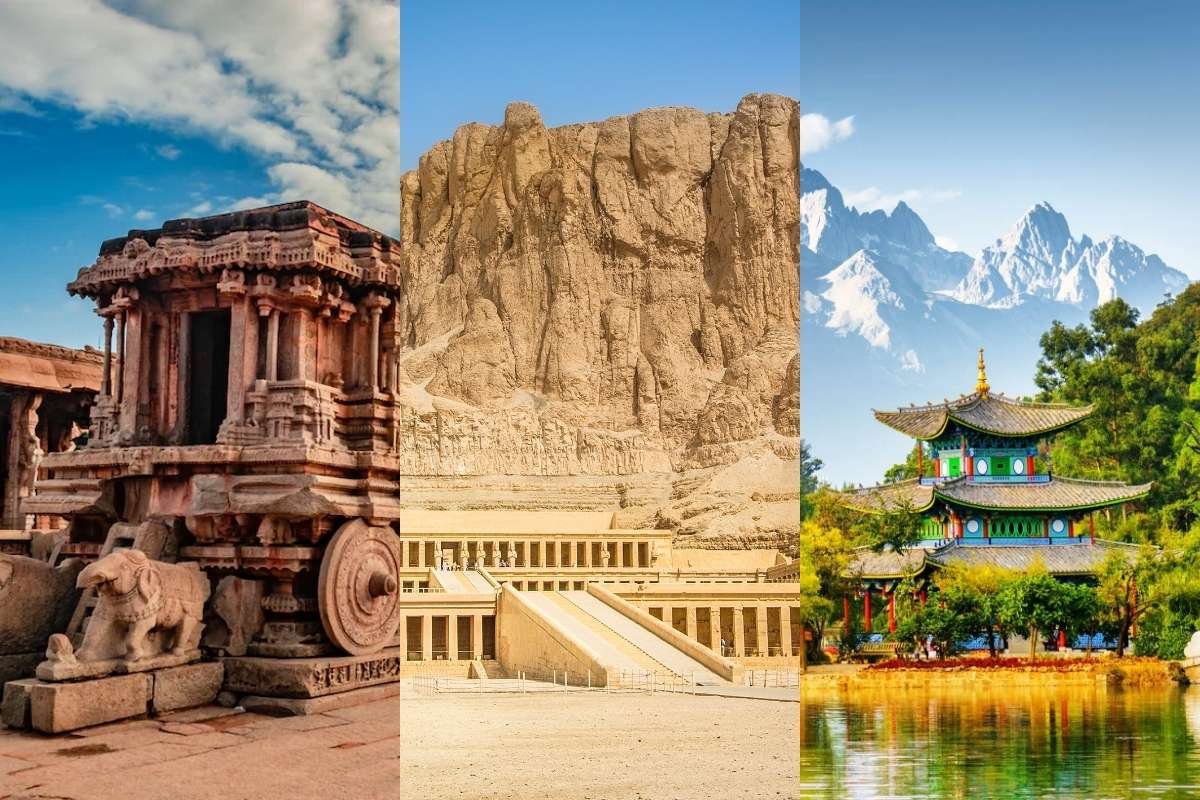
--1024x800.jpg)
